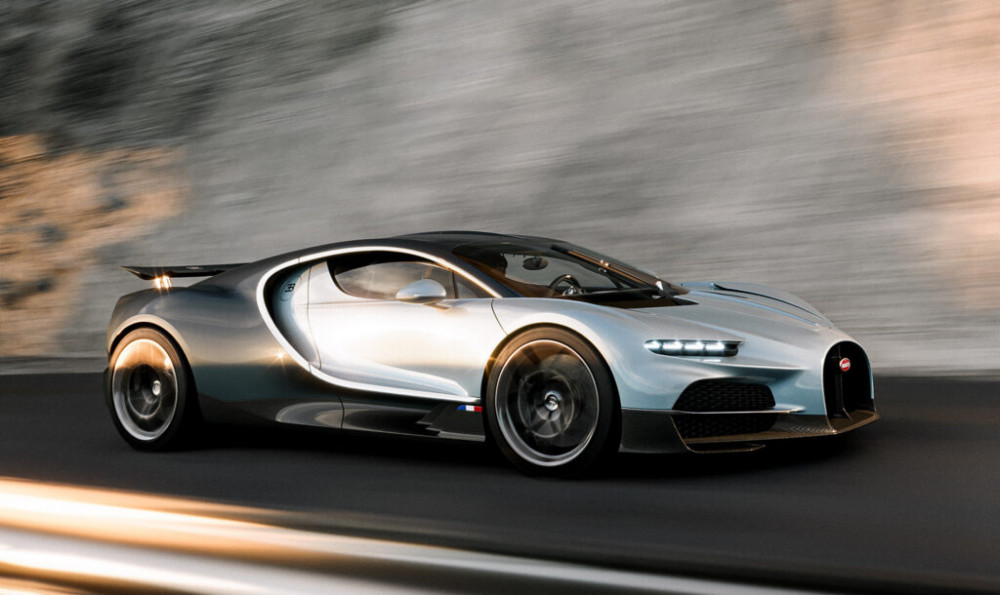Bugatti's Tourbillon Redefines Speed With 1,775 HP And A Hybrid V16 Engine

by AutoExpert | 21 June, 2024
Meet the new Bugatti Tourbillon, which is lighter, stronger, and quicker. First things first. Every model since the 2004 Veyron has used the 8.0-liter W16; however, Bugatti has discontinued it. In its stead is a 9,000-rpm, 8.3-liter naturally-aspirated Cosworth V16. In 2021, Rimac took over Bugatti and opted not to go full-EV with the Tourbillon.
Instead, they created a three-motor hybrid arrangement that virtually doubles the horse count and gives a 37-mile (60 km) electric-only range. Without four turbos, the V16 produces 986 horsepower (1,000 hp), almost equal to the original Veyron's W16's 987 hp.

The Tourbillon's hybrid technology adds 789 horsepower to what was plenty 20 years ago, making it Little League today. The new V16 produces 1,775 horsepower and an undetermined but likely massive torque. That's not much more than the normal Chiron's 1,479 horsepower or the Super Sport's 1,578.
However, Bugatti's performance data indicates a breakthrough. The Tourbillon takes 2 seconds to reach 62 mph, 0.4 seconds quicker than the Chiron. Still, it's only getting started. It gets 3–4 seconds ahead of its predecessor by reaching 186 mph in less than 10 seconds, or the same time a compact SUV takes to reach 60 mph. Meanwhile, the Tourbillon reaches 248 mph in less than 25 seconds.
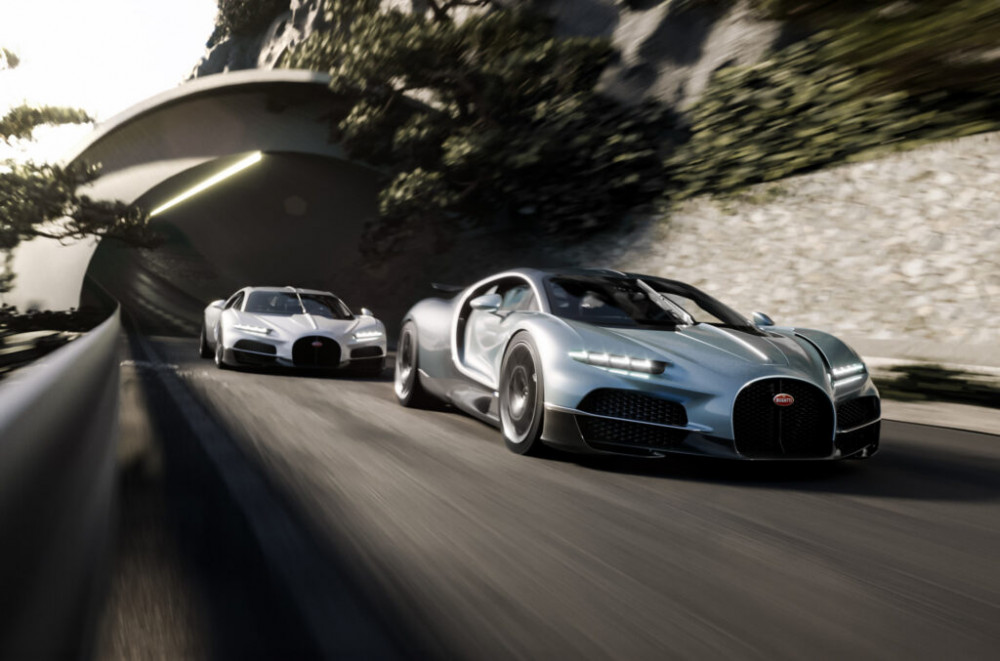
It took 32.6 seconds for the Chiron and 21.3 seconds for Rimac's record-breaking Nevera. You can hear the Tourbillon rip through the gears in the gauge cluster video below, and unless Bugatti sped up the camera, the official statistics are conservative. The default peak speed is 236 mph, the same as the Chiron; however, entering the second'speed key’ into the earlier vehicle increased the limitation to 261 mph. Doing the same in the Tourbillon increased the speed to 277 mph.
A gorgeous gauge cluster, reminiscent of early 1990s superbikes, displays Bugatti's new car's incredible speeds. To improve accuracy, high-end watches like the Bentley Bentayga's $170k+ optional clock use tourbillons, introduced in 1801. Despite not having a tourbillon clock, the Bugatti makes a statement about lasting technology.

Bugatti is striving to build something timeless. Therefore, the five-dial gauge cluster, which includes a speedo-tacho focus point and a power dial with ICE and electric outputs, is nearly completely analog. Its only digital touch is a speed display at the binnacle base. Hit reverse in the eight-speed dual-clutch gearbox, and a portrait screen appears on the dash in two seconds to display what's behind you.
Alternatively, you can activate it independently to access a landscape display with Apple CarPlay within five seconds. The remainder of the interior resembles the Chiron, but with cool embellishments. The knob on the console that activates the Tourbillon pays homage to early 20th-century masterpieces.
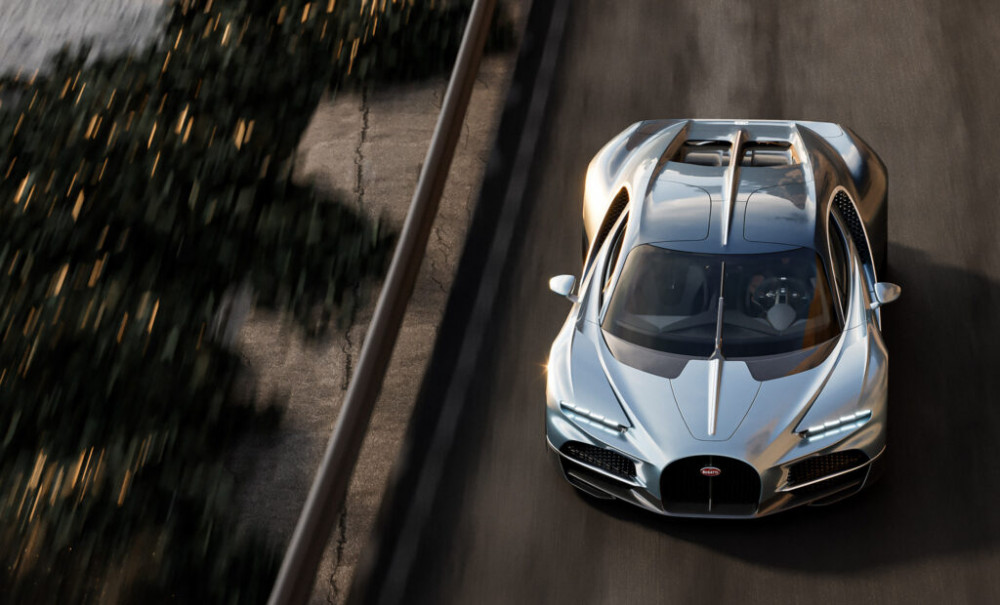
Another plus is the electronically adjustable pedal box, but the most intriguing feature is the steering wheel. Similar to BMW's Neue Klasse X SUV concept, it features two spokes at 6 and 12. The permanent hub and spokes installed behind the gauge pack keep the Bugatti 'B' upright and don't obscure the driver's view of the instruments, which is remarkable.
Despite being stylish and elegant in the Porsche 911 upgrade style, the exterior lacks innovation compared to the engine and interior details. Still, there are some pleasant surprises. The dihedral doors and the Miura-esque upward flip at the B-pillar add curbside theater. The nose-to-tail spine is now more noticeable, as is a dead-center windshield wiper.
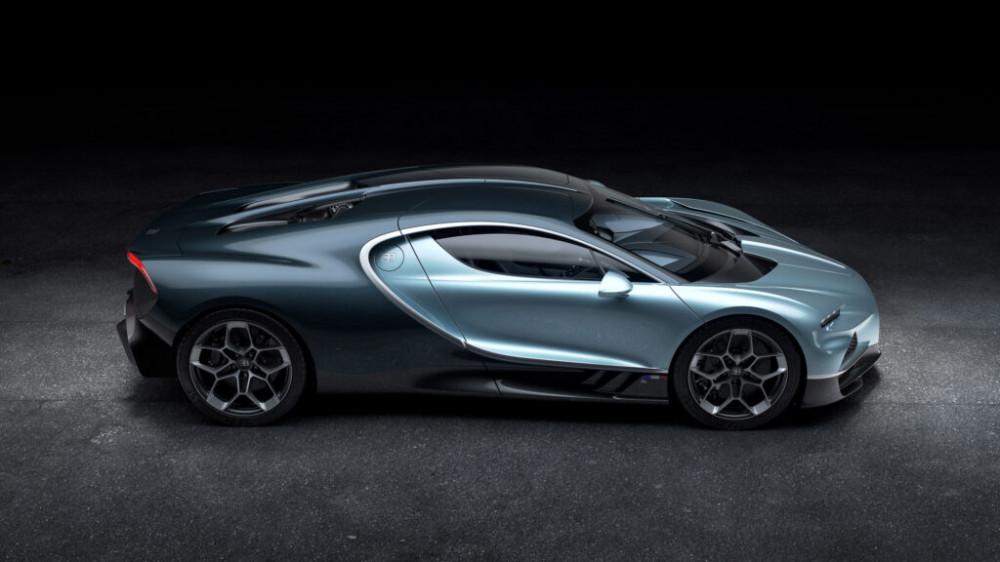
The segmented strip of LED lights, following the top contour of the tail, illuminates and merges with the Bugatti name on the tail. Accentuating the horseshoe snout draws inspiration from the W16 Mistral and a railway tunnel. Those who have seen the McLaren P1's tail will recognize it. Since the active wing stays flush with the body to save drag, the Tourbillon requires considerable ground-effects engineering to stay stable at high speeds.
Only at lower speeds does it enhance downforce or act as an airbrake. Bugatti says the Tourbillon's chassis and body structure are new, despite its evolutionary design. Due to its 25 kWh battery built into the carbon monocoque, making the diffuser part of the crash structure, and replacing the steel double wishbones with forged aluminum, the Tourbillon weighs the same as the Chiron, 4,400 lbs.
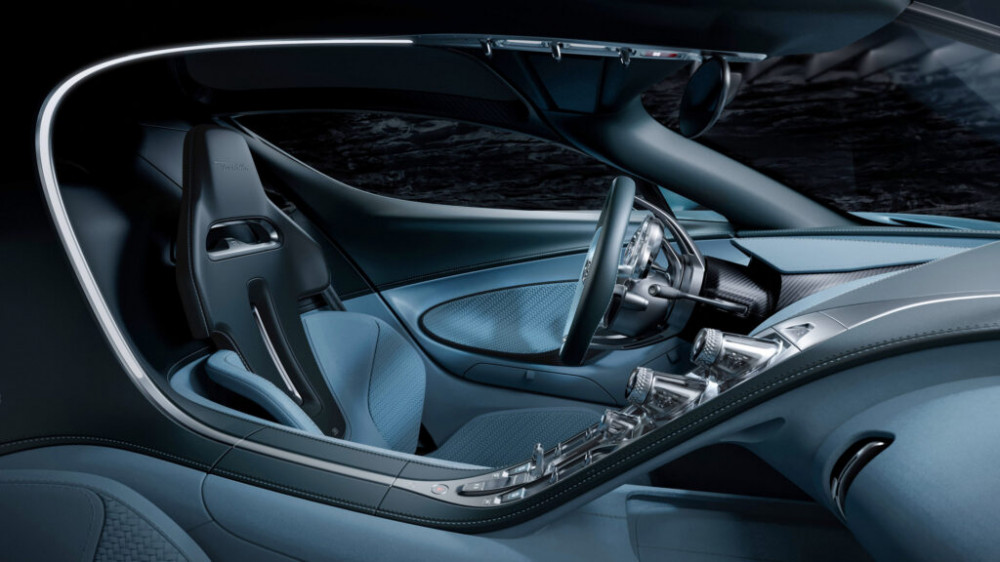
The production of only 250 automobiles will commence in 2026, with testing and deliveries to follow. Those affluent consumers may not care, but exclusivity costs even more than the Chiron. If you don't add any personal touches, the Tourbillon costs €3.8 million plus taxes.
Despite their fun-to-drive nature and surprising agility, critics criticized the Chiron and Veyron for their excessive weight and perceived lack of pure, analog, and exhilarating qualities compared to less powerful, cheaper supercars. Tourbillon is resistant. It offers the sole naturally-aspirated V16 in a new automobile, instead of trendy computerized electronics and sluggish, sound-sapping turbochargers.
